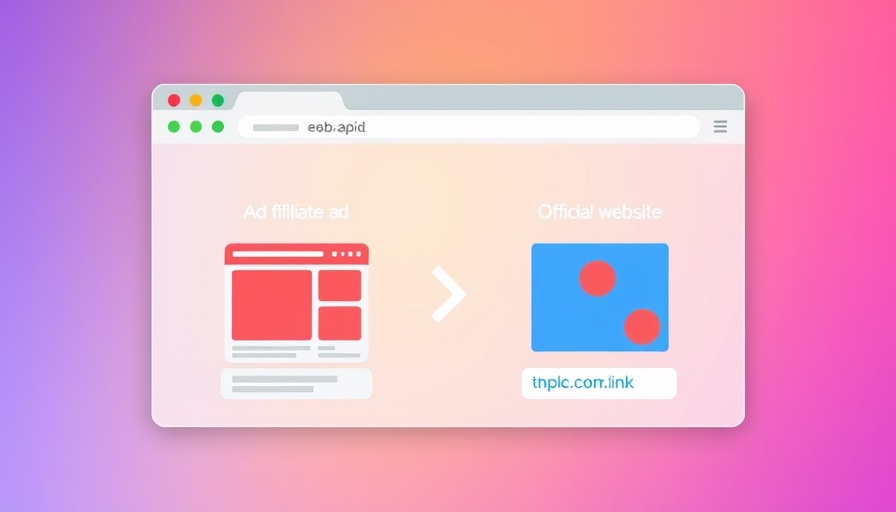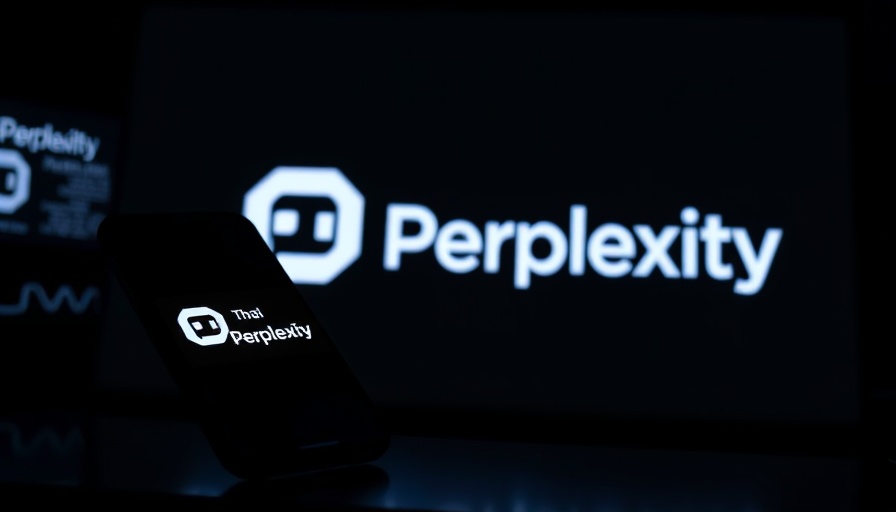
Understanding Ad Hijacking: The Hidden Threat to Your Brand
In today’s competitive online marketplace, ad hijacking has emerged as a significant threat, with an estimated $12 billion lost annually due to this deceptive practice. But what does ad hijacking mean for brands and their advertising strategies? In essence, ad hijacking occurs when fraudsters create ads that mimic legitimate brands, luring customers away from the original site. As more consumers flock to e-commerce platforms—projected to reach $6 trillion in spending by 2024—the stakes are higher than ever for businesses aiming to protect their digital presence.
What Is Ad Hijacking and Why Should You Care?
Ad hijacking refers to fraudulent activity where advertisers impersonate well-known brands through misleading ads. This can take two main forms: competitor ad hijacking and affiliate ad hijacking.
Competitor ad hijacking involves other businesses bidding on your brand’s name to divert traffic to their own sites, while affiliate ad hijacking happens when partners within your referral program stealthily redirect customers aiming for your site via lookalike ads. In both instances, the original brand suffers traffic loss, financial loss, and erosion of consumer trust, creating a potentially long-lasting impact on brand reputation.
The Hidden Tactics Behind Ad Hijacking
The complexity of ad hijacking lies in its execution, allowing perpetrators to mask their fraudulent methods effectively. Common outside-the-box techniques include:
- Ad Style Mimicking: Fraudsters often replicate not just the content of your ad but also its design and message tone, creating a look that might fool an unsuspecting customer.
- Tracking Links: Affiliate partners can use tracking links that redirect to unauthorized websites. This tracking often overlays over familiar brand links, misleading consumers.
- Pricing Strategies: Competitors might undercut your prices within these hijacked ads, enticing budget-conscious consumers into clicking the ad.
Without robust preventative measures, brands risk losing significant market share and revenue as consumers unknowingly engage with counterfeit ads.
How Can You Protect Your Brand?
Prevention is key in an era where online presence is essential. Here are practical steps you can take to combat ad hijacking:
- Brand Monitoring Tools: Implement monitoring software that can provide alerts for any unauthorized use of your brand name or ads.
- Ad Verification Services: These services check ad placements to ensure your ads aren’t being hijacked or misrepresented.
- Legal Recourse: If you notice sustained hijacking attempts, consider legal action against those infringing on your brand to deter further misconduct.
By staying vigilant and informed, you can significantly reduce the risk of ad hijacking and safeguard your brand’s online future.
The Future of Ad Dynamics
As ad hijacking techniques become more sophisticated, brands must adapt. Future marketing landscapes may demand an increased focus on technological solutions and a greater emphasis on consumer education regarding online advertising. By empowering customers with knowledge about what legitimate ads should look like, brands can create a more informed shopping environment.
In conclusion, ad hijacking presents a multifaceted challenge to brands navigating the digital advertising world. It's imperative for marketers and businesses to understand its dynamics and implement robust strategies that not only defend against such tactics but also promote transparency and trust in consumer relationships.
As we move into 2025, taking proactive measures now will ensure that your brand not only survives but thrives amidst the challenges posed by ad hijacking.
 Add Row
Add Row  Add
Add 




Write A Comment